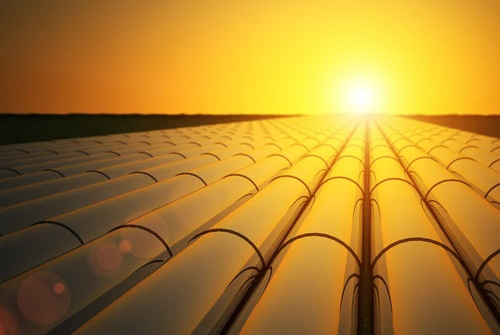5 Reasons to Conduct Schedule Risk Analysis for Your Oil & Gas Project

The oil and gas industry faces dozens of challenges throughout the course of business, especially considering the development of new sites and ensuring proper project management. In order for oil and gas industry projects to be successful and bring in a high return on investment, project managers must thoroughly understand how a thorough schedule risk analysis evaluates potential markets and resources.
5 Reasons to Conduct Schedule Risk Analysis
Reduce Cost Risks
A thorough schedule risk analysis takes into account the cost of finding, hiring, and compensating skilled workers, including design engineers, welders, and pipe-fitting technicians. A schedule risk analysis also considers the numbers of skilled workers available, unavailable, or expected to retire within the project’s time-frame.
Consider the Geologic Risk
The extraction processes involved in drilling have expanded into a variety of capabilities from improvements in the safety of fracking to offshore drilling concerns. Determining whether the actual oil and gas deposits have enough reserve for access and extraction requires a schedule risk analysis to determine if the projected costs of accessing oil and gas deposits exceed the expectations of financial stakeholders.
Price Risks
The price risk remains another significant consideration to take during schedule risk analysis. Since the easily accessible and most common sites for oil and gas extraction have already been exhausted, schedule risk analysis considers how the cost of accessing the resource with new technologies and drilling practices will affect the return on investment. For example, the cost of offshore drilling exceeds the cost of drilling on land due to the environmental and safety factors that the ocean presents.
Consider the Supply and Demand Risk
While the oil and gas industry routinely brings in significant profits, the price of crude oil can change dramatically over the course of a few months. Take the drop in oil prices in the last quarter of 2014. Within four months, oil prices plummeted to a two year low, and this volatile behavior represents the potential risk in determining whether the gains from the selling of extracted oil and gas will exceed the cost of accessing and extracting the resource.
Political Risks
Depending upon the area of the world oil and gas drilling takes place, specific countries may have additional rules regarding drilling. In addition to adherence to the environmental regulations of country where the drilling will take place, project managers must consider how political changes in governing parties affect the approval, development, and continued operation of new drilling sites.
Key Takeaway for Schedule Risk Analysis
- A schedule risk analysis reduces the chances for a “bust” when trying to access additional oil and gas resources.
- The schedule risk analysis considers the operational costs of a drilling site.
- Geological risk analysis determines if the resources are available or suitable for drilling. It closely relates to price risk by evaluating the cost of drilling through geological barriers.
- Supply and demand risk analysis considers the ever-changing cost of crude oil.
- A schedule risk analysis must include an evaluation of the political climate in the proposed drilling area.
Since the modern world relies heavily upon the oil and gas industry for most of its power resources, the need for new oil and gas extraction projects will always be present. However, every proposed extraction needs a detailed schedule risk analysis to evaluate whether the risks for a project will make the extraction a feasible option. If the presumed cost becomes too great, oil and gas companies can evaluate other sites, and therefore, save money in the process.